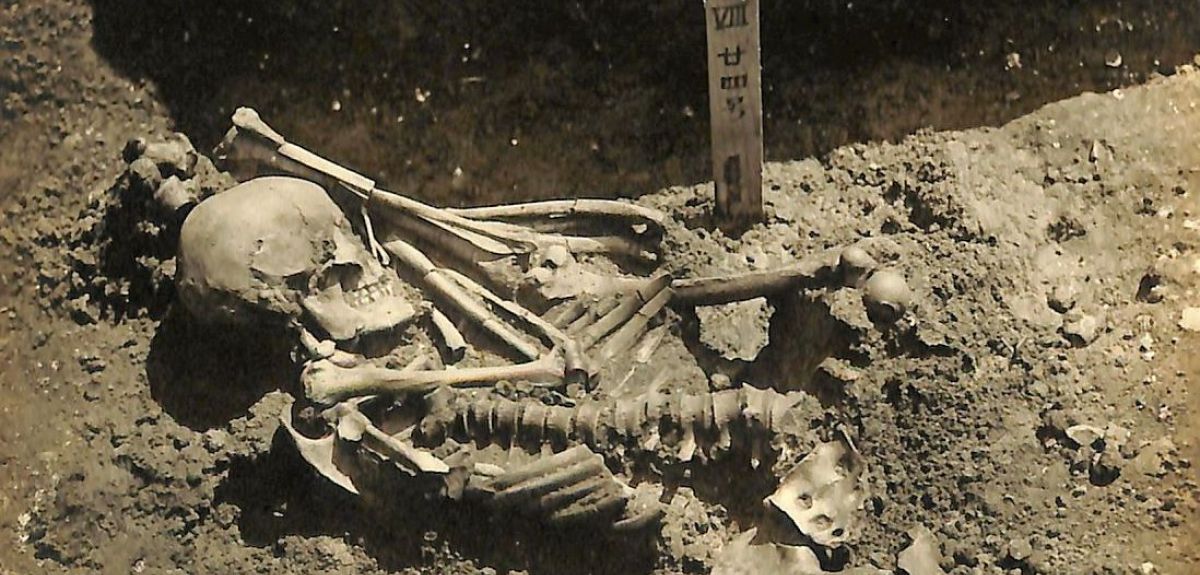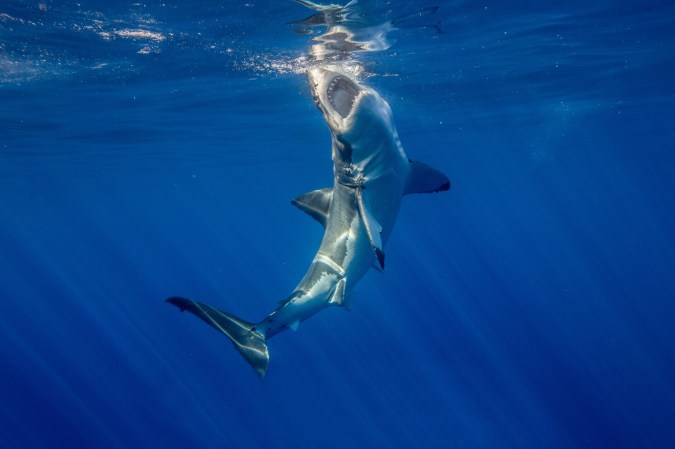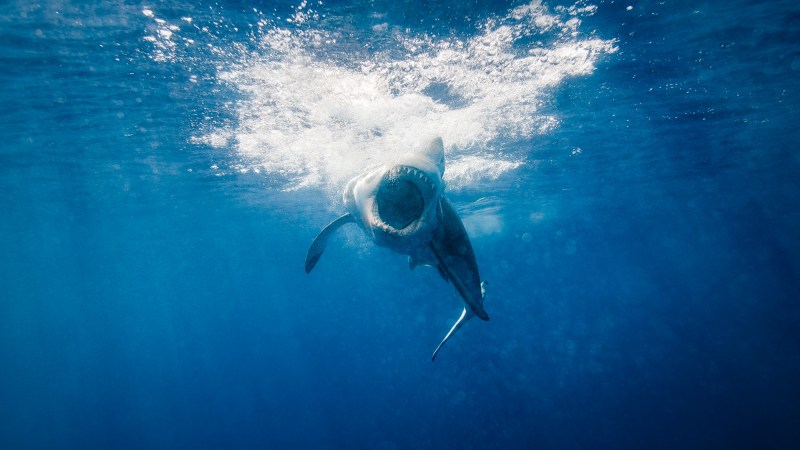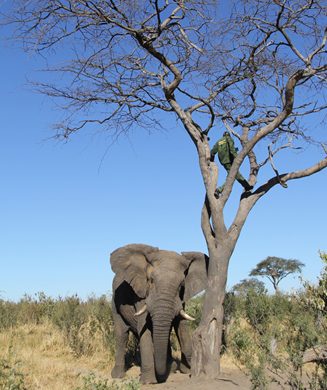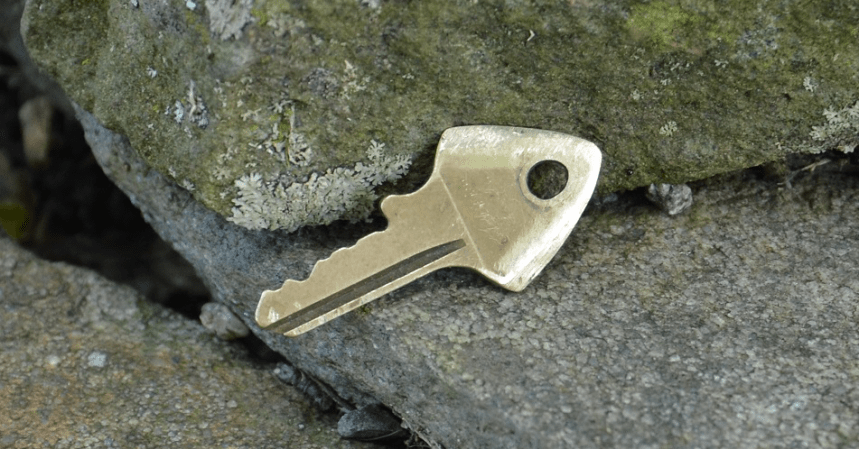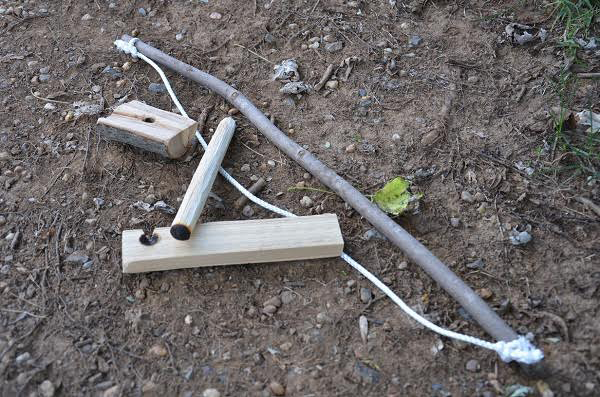Fatal shark attacks aren’t something only modern man endures. Ancient fishermen also had their bouts with man-eaters more than 3,000 years ago. Those are the findings of Oxford University-led researchers in a recently released scientific paper about ancient Japanese skeletal remains.
Oxford researchers J. Alyssa White and Professor Rick Schulting were investigating evidence of violent trauma on the skeletons of prehistoric hunter-gatherers at Japan’s Kyoto University. One set of skeletal remains—described as No. 24—was an adult male riddled with traumatic injuries.
The researchers were bewildered that the remains showed 790 deep, serrated injuries to the skeleton, whose remains were recovered from the Tsukumo Shell-mound cemetery site, excavated in the 1920s. Radiocarbon analysis of the remains revealed they were more than 3,000 years old.
“The injuries were mainly confined to the arms, legs, and front of the chest and abdomen,” the scientists report. “Through a process of elimination, we ruled out human conflict and more commonly-reported animal predators or scavengers.”
The distribution of wounds suggest the victim was alive at the time of attack; his left hand was sheared off, possibly a defense wound. Scientists believe No 24’s body was recovered soon after the ancient attack and buried in the Japanese cemetery. Excavation records show he was also missing his right leg and his left leg was placed on top of his body in an inverted position.
“Given the injuries, he was clearly the victim of a shark attack,” the Oxford University report continues. “The man may well have been fishing with companions at the time, since he was recovered quickly. And, based on the character and distribution of the tooth marks, the most likely species responsible was either a tiger or white shark.”
Read Next: A Camper Shot and Killed a Charging Bull Moose in the Idaho Backcountry
This is the oldest known fatal shark attack on record. Researchers created a 3D model of the skeleton to reveal the trauma subject No. 24 endured. They created a virtual map of the skeleton that showed that a number of bites would have severed major arteries, suggesting that he would have lost consciousness within minutes and died soon afterwards.
“[His companions] must have reacted quickly to gather his body because smaller bones like those of his remaining hand would have been lost if he had stayed in the water for a long period of time,” report researchers. “Perhaps in getting his body back to shore, at some point his left leg, already heavily damaged from the attack, detached from his hip and was carefully placed upon his chest in the final funerary rites of laying him to rest.”

